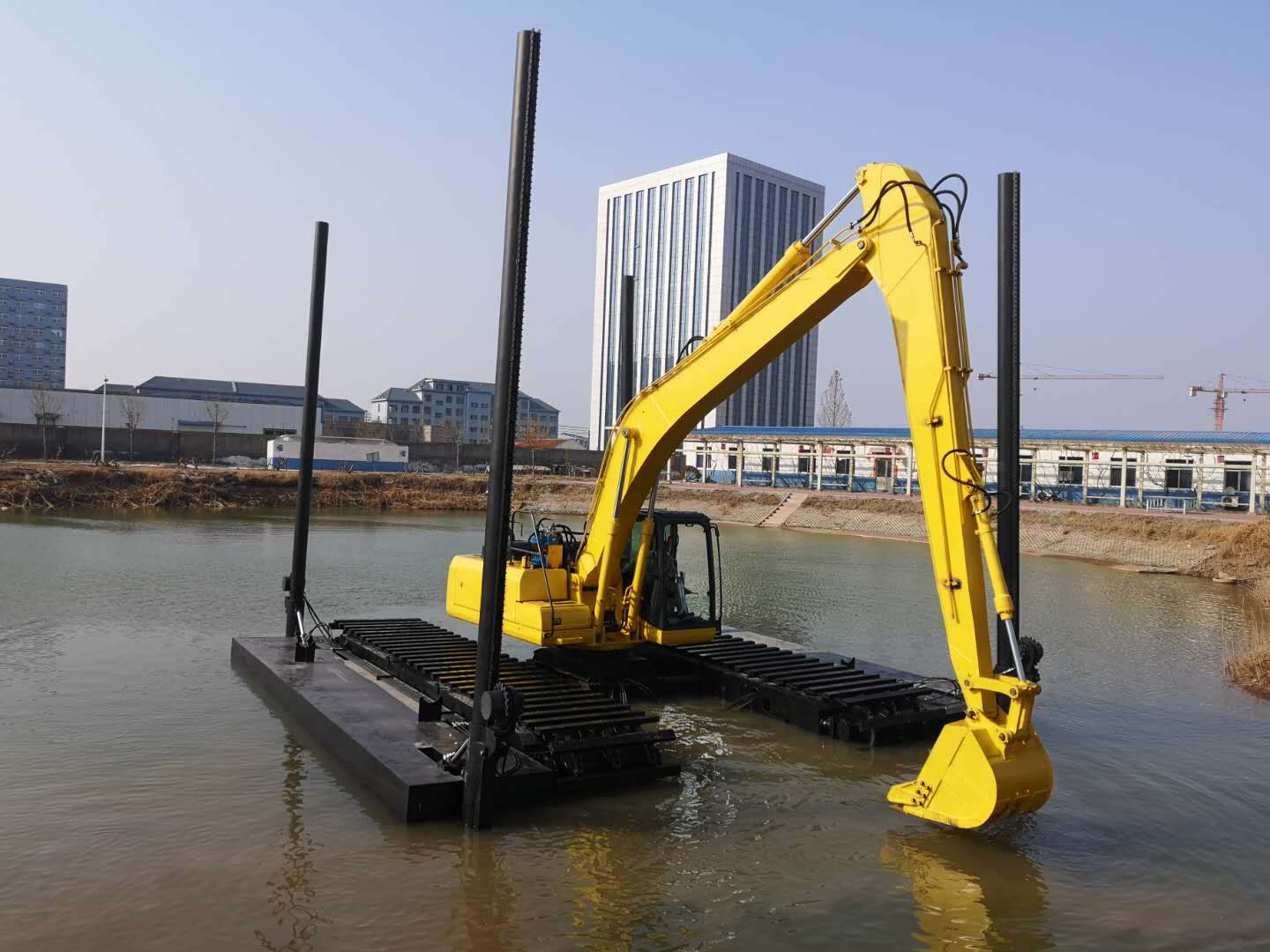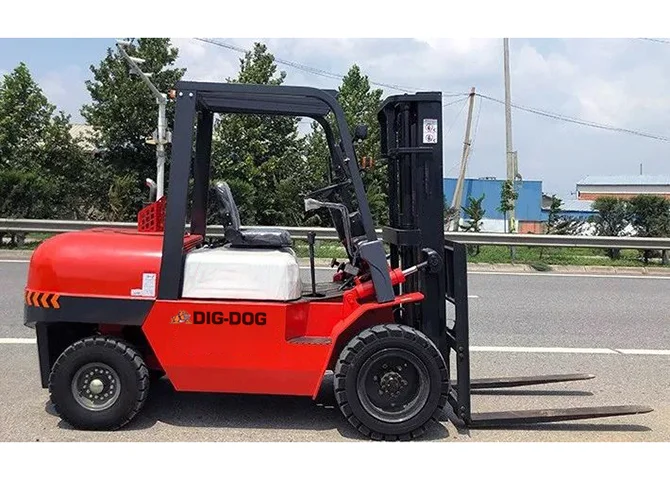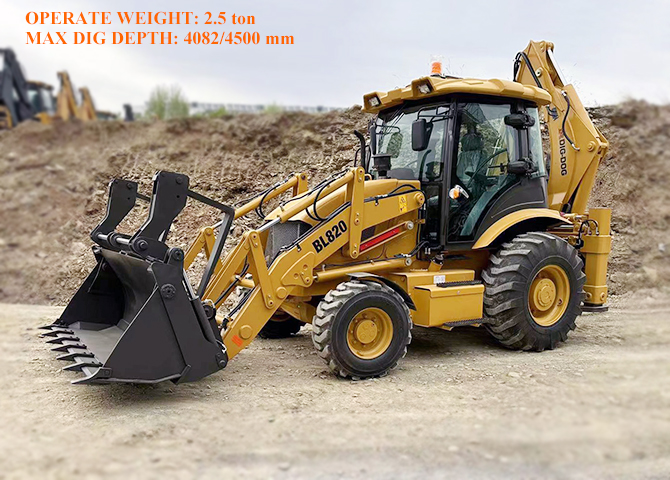Investing in any construction equipment (including an amphibious excavator) is always a complex proposition with many factors at play.
When investing in this type of equipment, you're–in part–deciding the direction of your career or company's trajectory. After all, it's not like you're buying a hammer or drill–which can be pricey enough when you purchase updated models.
Even an amphibious excavator for sale at reduced pricing is a substantial investment. It's a vehicle–and even discounted vehicles aren't cheap.
Investing in an amphibious excavator needs to start at the basics.
You don't want to fast-track your selection process and end up with a piece of equipment that isn't up to the task. Doing so might set you up for financial losses–and who can afford sunk costs in this day and age?Beginning with the basics discussed below, you'll develop the foundational knowledge to wisely invest in an amphibious excavator.
An Overview Of The Amphibious Excavator.
You likely have a reasonable idea of what an amphibious excavator is.
Regardless, researching more specific details clarifies all potential confusion. This additional legwork provides critical insights to help you purchase equipment that generates desirable returns.
The specifics of an amphibious excavator:
An Amphibious Excavator Is Equipped With Sealed Pontoons.
A primary purpose of an amphibious excavator is to dredge while floating atop shallow waters. Thus, these water-centric excavators have anti-corrosion, sealed pontoons that are seawater resistant and made from high-tensile steel.
Due to its sturdy makeup, an amphibious excavator thrives in arduous conditions.Furthermore, hydraulic direct drive track systems enable all amphibious excavators to fully self-propel.
The Amphibious Excavator Is Bolstered By Innovative Technology.
When investing in an amphibious excavator, you're putting money into a vehicle steeped in innovation.
Specifically, an amphibious excavator's dredge undercarriage is a relatively recent invention–and it's made quite a proverbial splash.
The game-changing aspect of the undercarriage is its elimination of the need to bring barges through canals or construct roads. These were the previous lengths that engineers had to reach to provide solid ground for wetland industrial pump application.
Equipped with this innovation, the engineers vastly reduced the overhead costs of such wetland projects.
Undercarriages allow heavy equipment like an amphibious excavator to float and function in aquatic environments. Thus, there's no more need for supplementary construction.
No matter how rugged the wetland is and where it is located, you can trust an amphibious excavator to operate efficiently.
An Amphibious Excavator Investment Is Good For The Environment.
Adding additional projects like bridge-building and canal construction to support wetland work has many pitfalls.
We've established that the overhead costs are astronomical. These expenses aren't surprising, given the materials, parts, and labor that go into such work.
Of course, time efficiency is also impeded by the need to add bridges and canals to wetland projects.
Then there are the environmental costs. The extra work will put the local surroundings at risk, regardless of how green-conscious a project is.
That said, how else could loads of heavy machinery travel across soft, wet terrain? It's too dense for floating and too soft to walk on.
The amphibious excavator and its undercarriage allow workers to drive machinery straight to their site without the abundance of extra steps.
What Are The Primary Features Of An Amphibious Excavator?
The primary feature of an amphibious excavator is the relationship between the undercarriage and the pontoons.
Pontoons on an amphibious excavator are hermetically sealed (airtight) and extendable. The undercarriage provides high levels of buoyancy through these pontoons.
These sealed pontoons give the option to mount vertical spuds when no reliable land is available to perform work.
A track chain powered by a multi-synchronous hydraulic drive system spearheads the movement of an amphibious excavator while aiding in flotation. Furthermore, the track chain increases tractive stability and efficiency across various soil conditions.
Multiple attachments (e.g., a dredge pump) can be mounted to an amphibious excavator. Thus, an amphibious excavator can perform numerous duties for a multitude of industrial applications.
If you have found the perfect amphibious excavator, we would be happy to advise you on how to finance the vehicle of your choice. Whether you're looking for a temporary helper during order volume peaks or a core vehicle for continuous operation, DIG-DOG offers the right buy package for every requirement. You can obtain a comprehensive overview of all the options by contacting the DIG-DOG consulting service.

 A Ultimate Guide to Clamp Forklifts and Attachments
A Ultimate Guide to Clamp Forklifts and Attachments
 How To Choose The Right Compact Wheel Loader
How To Choose The Right Compact Wheel Loader
 How Much Does a Forklift Weigh?
How Much Does a Forklift Weigh?
 How Much Does a Backhoe Weigh
How Much Does a Backhoe Weigh